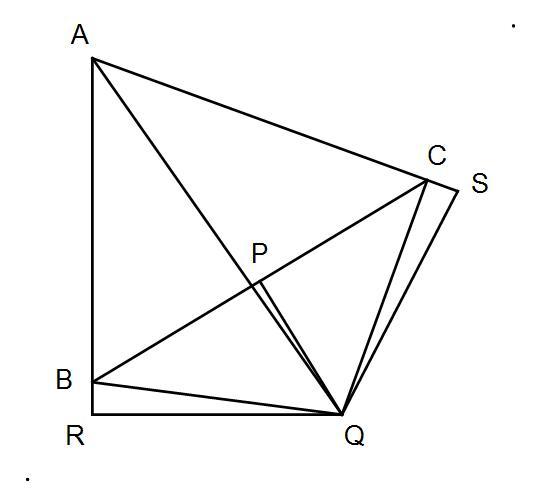All Triangles Are Isosceles

Let be an arbitrary triangle.
Point is the midpoint of line , and line is perpendicular to line .
Line bisects angle .
Lines and are extended as necessary to include points and such that and are right triangles.
By reason of symmetry, line segments and are equal.
By reason of symmetry, line segments and are equal.
Therefore, by reason of congruent right triangles, line segments and are equal.
But, also by reason of congruent right triangles, line segments and are also equal.
Therefore, line segments and are equal, and triangle is isosceles.
Which of the following multiple choice answers is correct?
Note : This problem is a refugee from Brilliant April Fools' Day
This section requires Javascript.
You are seeing this because something didn't load right. We suggest you, (a) try
refreshing the page, (b) enabling javascript if it is disabled on your browser and,
finally, (c)
loading the
non-javascript version of this page
. We're sorry about the hassle.
If line segment A C is longer than A B , then point S will fall between A and C . The graphic shows point S as being outside of line segment A C , which is impossible. Both right triangles Δ A Q R and Δ A Q S can be constructed, but just not with both points R and S outside of line segments A B and A C . See below for an accurately drawn graphic of the same.